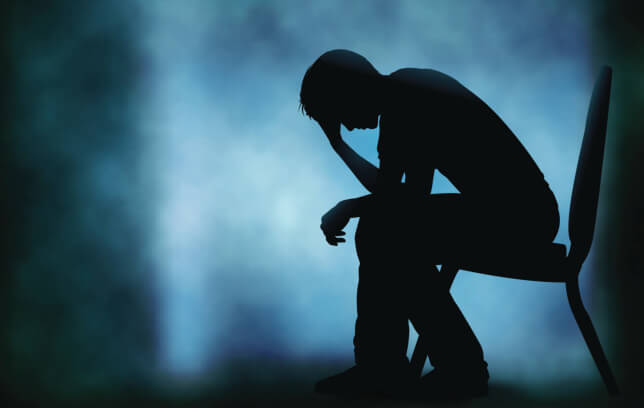 “I’ve finished my assessment and I believe your child has Bipolar Disorder. We’ll need to get them started on medication right away.”
“I’ve finished my assessment and I believe your child has Bipolar Disorder. We’ll need to get them started on medication right away.”
It can feel like a punch in the stomach; like the end of the world as you knew it. If this has happened to you, then you need to understand what receiving a diagnosis of bipolar really means. What will your son or daughter’s life look like now? Please don’t despair. It’s still possible for them to have a fulfilling life.
This is part 2 in a series on mental illness. May is Mental Health Awareness month so I’m focusing on this issue. My information is from The National Alliance on Mental Illness, nami.org Refer to the first blog of the series (May 1st) for a further introduction to the topic of mental illness.
Bipolar Disorder is also known as manic depression. A mood disorder, bipolar affects nearly 6 million adults in the U.S. Characterized by extreme shifts in mood, energy, and functioning, people experience alternating episodes of mania (severe highs), depression (severe lows), and mixed states which contain elements of both high and low experiences.
These episodes may last for days, weeks, or even months, and are often separated by periods of fairly normal moods. A chronic condition with recurring episodes, bipolar often begins in adolescence or early adulthood. If your child has been diagnosed, remember – it does NOT mean they’re sentenced to a life of misery. Good treatment is available from many professionals who are continually improving their understanding of this mental health issue.
Symptoms:
Manic phase – Hyperactivity, anger, impaired judgement, increased spending or sex drive, aggressive behavior, grandiose notions, delusions, and exaggerated feelings of productivity and self-confidence. Loss of control, disorganization, extreme irritability, and eventual inability to function can occur. Manic highs are often described as one’s best feeling ever, so people rarely seek treatment during this time saying they feel more creative and productive.
Depressive phase – Loss of capacity for pleasure, profound sadness, irritability, sleep changes (insomnia can last for days), decreased appetite and concentration, low self-esteem, and thoughts of suicide are common.
Causes:
Scientific evidence suggests bipolar disorder may be the result of a chemical imbalance in the brain. Research has also shown evidence of a genetic predisposition. While hereditary, it’s not always passed down to the next generation. My mother lived with bipolar, but I’m not. Occasionally, life events such as a serious loss, chronic illness, or financial problems can trigger an episode in those with a predisposition. Some believe alcohol or drug abuse can trigger bipolar-like symptoms.
Treatment:
Most people living with bipolar disorder (80-90%) can achieve recovery with a treatment plan. How encouraging! Maintenance treatment with a mood stabilizer is known to significantly reduce the number and severity of episodes. Becoming educated and learning coping skills are essential to manage stress that can trigger episodes. Effectiveness of treatment depends on the severity, how long the individual has suffered with it, how well they respond to medication and how engaged they are in their recovery.
Recovery:
Although a chronic illness, bipolar is highly treatable and options are continually improving the future outlook. With accurate diagnosis, effective medication, attention to health/wellness combined with counseling, peer and family support, most people living with bipolar can obtain relief from their symptoms and live satisfying, meaningful lives. That’s great news.
effective medication, attention to health/wellness combined with counseling, peer and family support, most people living with bipolar can obtain relief from their symptoms and live satisfying, meaningful lives. That’s great news.
Authors of the helpful book Facing Bipolar, say individuals should not let bipolar define them. They are much more than their disorder. This book does a great job of explaining this disorder, helping individuals understand what it means for their lives and how they need to take care of themselves.
Helpful books:
Facing Bipolar, Russ Federman and J. Anderson Thomson
An Unquiet Mind, Kay Redfield Jamison; she’s one of the leading authorities and is herself bipolar; this is her story
A Brilliant Madness: Living with Manic-Depressive Illness, Patty Duke and Gloria Hochman tell Patty’s story of living with bipolar as a successful actress. She became a well-known advocate and spokesperson for the mental health community.
Check out this resource: Nami-FaithNet Affiliated with NAMI (mentioned above) they encourage a more welcoming and supportive community for persons and families whose faith is a key component of their experience.
Be comforted by this Bible verse:
“Peace I leave with you; my peace I give you. I do not give to you as the world gives. Do not let your hearts be troubles and do not be afraid.” (John 14:27)

0 Comments